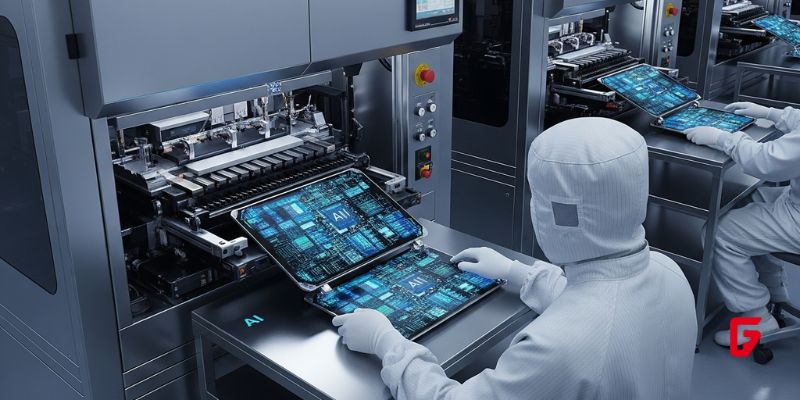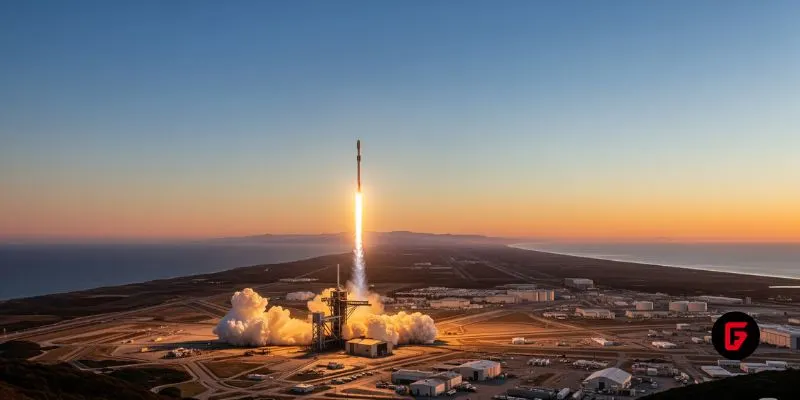Pushing Moore’s Law: The Leap to 1.4nm
Construction on these new fabs, known internally as Fab 25 and located inside Taiwan’s Central Taiwan Science Park, is set to begin by year-end. TSMC’s roadmap targets risk trial production by late 2027, with mass production ramping up in 2028. These facilities will support sub-2nm manufacturing—including the groundbreaking A14 (1.4nm) node.
But what does 1.4nm actually mean for technology? The A14 process is projected to deliver:
15% performance improvement at the same power as 2nm chips.
30% reduction in power consumption.
Up to 20% higher logic density—allowing even more transistors on the same chip surface.
This is not incremental progress. For AI workloads, high-end smartphones, and next-gen servers, these advances translate directly into faster inference, greater computational efficiency, and support for ever-more-complex neural networks and algorithms.
From 2nm to Sub-2nm: Why TSMC is Advancing Faster
Originally, TSMC slated this site for 2nm production. Now, the focus is squarely on integrating sub-2nm capabilities. The combination of 2nd Generation GAA (Gate-All-Around) nanosheet transistors and the proprietary NanoFlex Pro technology paves the way for these power and efficiency gains.
The monthly production capacity is expected to reach around 50,000 wafers, meeting surging demand from giants like NVIDIA, Apple, MediaTek, and Qualcomm—each seeking a competitive edge in AI and mobile computing.
Global Expansion and Strategic Clustering
The Fab 25 project isn’t happening in isolation. TSMC is rolling out an ambitious, multi-year expansion—including plans for up to eight more fabs and advanced packaging facilities worldwide, with massive capital expenditures driven by record-breaking profits and relentless demand.
Supply chain partners and ecosystem collaborators are also moving in. Central Taiwan Science Park has set aside several hectares for suppliers specializing in semiconductor equipment, IC design, and optoelectronics. There’s even speculation that NVIDIA could establish an R&D center within the park, making the site a genuine silicon innovation hub.
Competitive Stakes in the 1.4nm Era
TSMC’s race to 1.4nm is more than a technical milestone—it’s a direct response to pressure from rivals. Samsung’s 1.4nm production now trails TSMC’s schedule by about a year, while Intel is also moving swiftly. For now, TSMC’s first-mover advantage is clear.
However, it comes at a cost. Wafer prices for 1.4nm production are expected to be 50% higher than 2nm, reaching up to $45,000 per wafer. That steep price hasn’t diminished interest from early adopters, especially as chipmakers and system builders seek to secure their AI leadership.
What’s Next?
TSMC’s expansion in Taiwan and beyond isn’t just about capacity—it’s about cementing technological leadership in an era of explosive AI growth. Next-generation chips will drive everything from the data center to the smartphone in our pocket.
By targeting and advancing the most advanced node in mass production, TSMC is not just keeping pace with demand; it’s setting the pace for the entire industry. All eyes are on Central Taiwan, where the next chapter of the semiconductor revolution is already taking shape.














